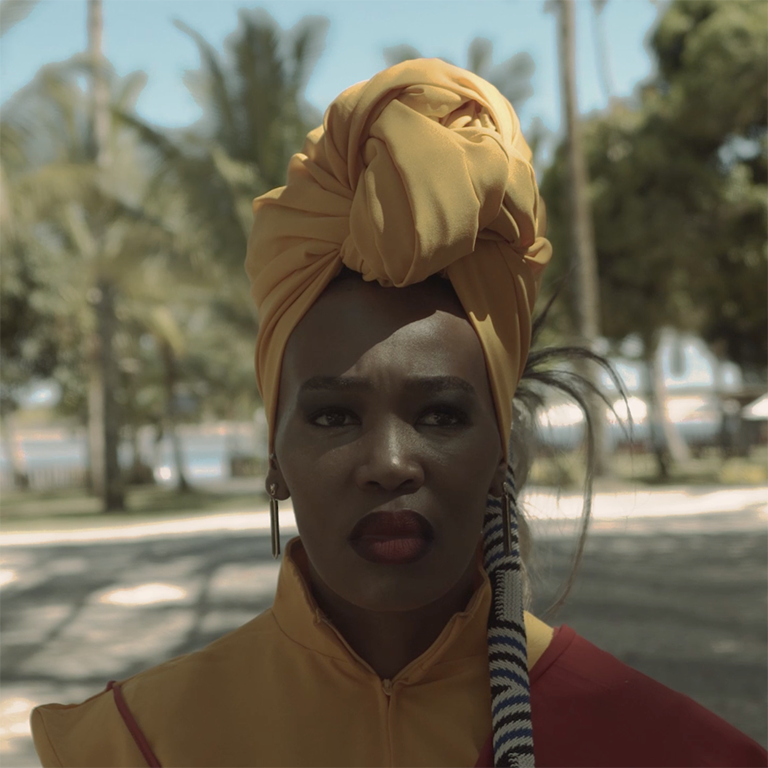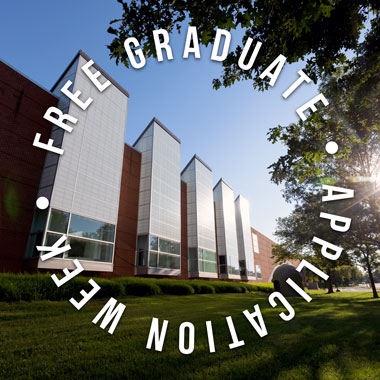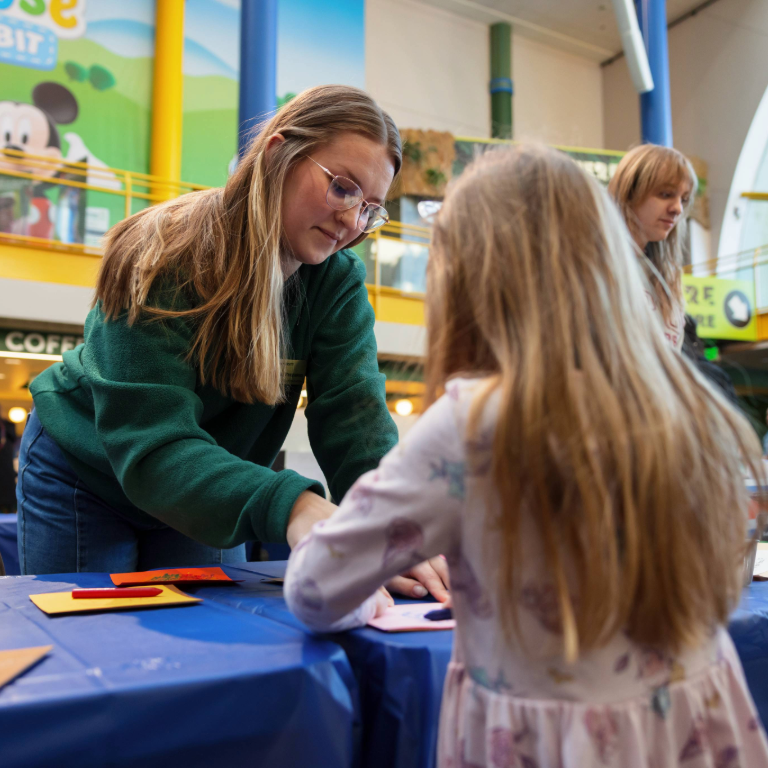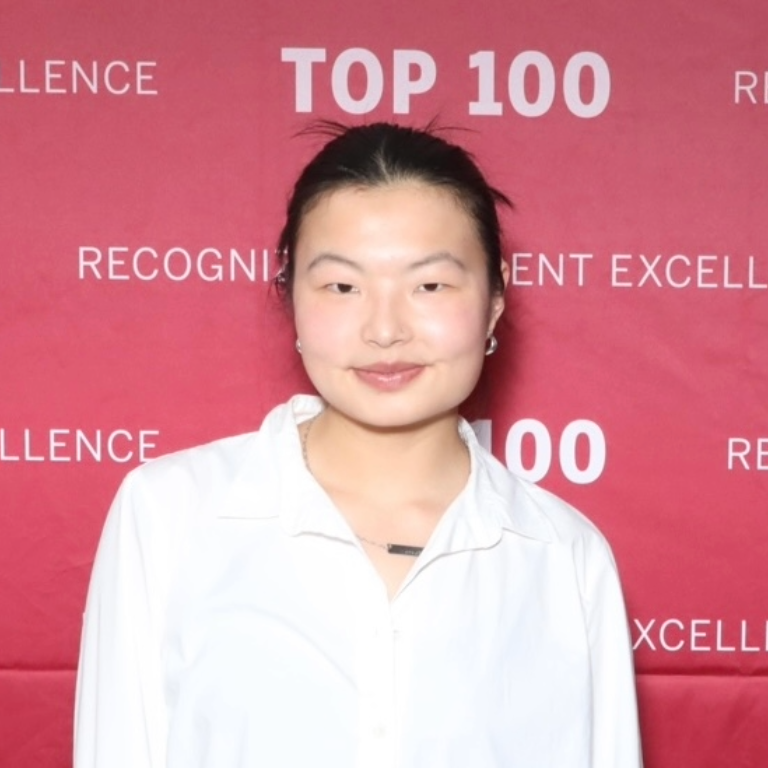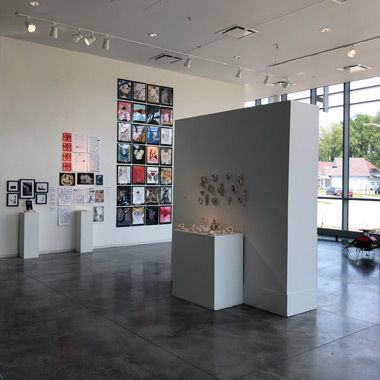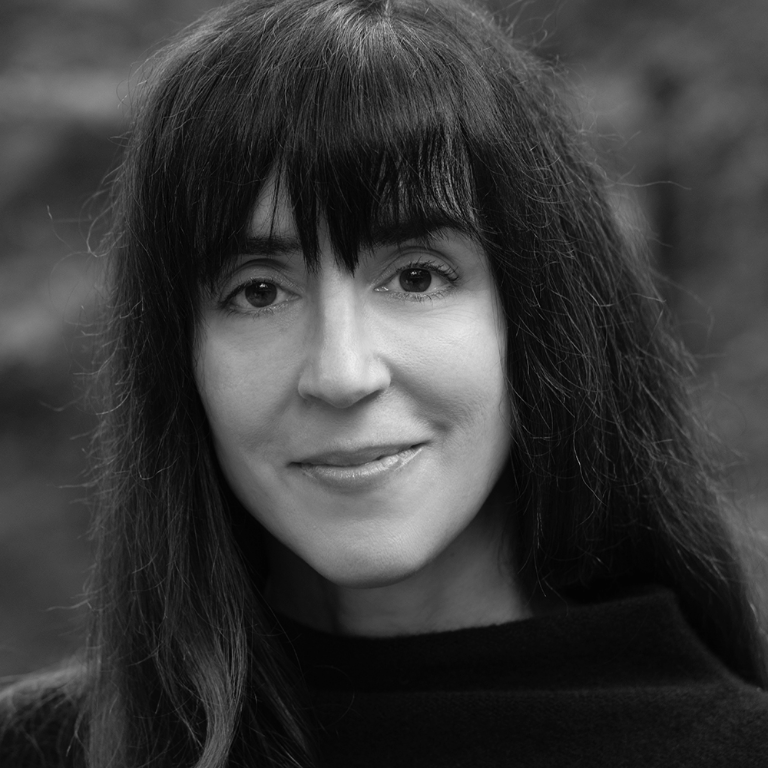Upon completion of her Bachelor’s degree from Herron, Clara Moore (B.F.A. Drawing & Illustration ’15) took an uncommon, but intentional career path.
As a student, Moore was awarded the 2014-15 Plater Civic Engagement Medallion and the IUPUI Latino Studies Service Award while claiming the title “Outstanding Student with the Highest Requisites of Scholarship in Service.”
Moore’s dedication to community service led her to apply to AmeriCorps during senior year. She completed two terms: first serving with the National Civilian Community Corps (NCCC) program in 2016, then returning to the Corps in 2017 as a teaching assistant for Notre Dame Mission Volunteers. She finished her first term with 1,960.50 service hours – well over the 1,700-hour requirement – and her second term with 941 service hours, earning her the prestigious President’s Volunteer Service Award.
We spoke with Moore about her AmeriCorps experience as well as her three-part career goal to combine service, leadership, and art and design. Here’s what she had to say in reflection.
HERRON: What early experience inspired your dedication to community service and education?
MOORE: I went to a K-12 school called Key Learning Community. We had programs that were mostly based on service and project-based learning. Every senior class would do some fundraising so they could go on a service learning trip in a Spanish speaking country for one week. When it was our turn – my friends and I who were part of the class of 2011 – the Dominican Republic was our location, and for most of us, it was our first time traveling overseas. It was a great volunteer experience, and ever since that time I wanted to continue traveling and continue to study, to serve.
HERRON: How did you embrace college life at Herron and IUPUI?
MOORE: I tried to be a link between Herron and the rest of campus. Literally, I went everywhere. I had a full-time class schedule and a part-time work schedule. I worked at Bepko for two years. I was taking classes, working, and getting involved with campus groups. For example, I was a member of the International Club, Latino Student Association, Filipino Student Association, Asian Student Union, Anime Club, Native American Student Alliance, Student Sustainability Council, and Student Activities Programming Board. I also got involved with the Office of Student Involvement and was a participant on the alternative break trips to Tennessee, Texas, Ohio, South Dakota, and Michigan.
HERRON: It sounds like you tried to experience as much as possible! Tell us about the alternative break program. How does it work?
MOORE: Here's how it works. For every alternative break trip, no matter which season, you look at a list of social issues. You pick a social issue. There's usually a small description for each issue, but they don't tell you the locations and sites until you’re picked. Then as soon as the wait period is over, you get an email back and they tell you which group you're with, where you're going, and what you'll be doing there. When I received an email back that I was going to go to Texas, I was so excited.
HERRON: What was your first move after graduation?
MOORE: I received an offer from AmeriCorps NCCC, one of their main team-based programs. We had three weeks of training, then there was an induction ceremony afterwards. It's a program that's mostly open for 18- to 24-year-olds. The whole program was challenging. It was not easy at all. It was ten months divided up into four service rounds. Each round is a few months. The fourth round is the longest, and it's also the hardest.
HERRON: What did you do as an AmeriCorps NCCC member?
MOORE: The first half of my first round, I was at a farm in New Hampshire. Then for the second half, my team and I worked with the staff of Massachusetts South Shore Audubon. There was one project where we were working in the beach areas to create a boundary so that visitors wouldn’t pass through a nesting site [for Piping Plovers as well as other nesting shorebirds].




